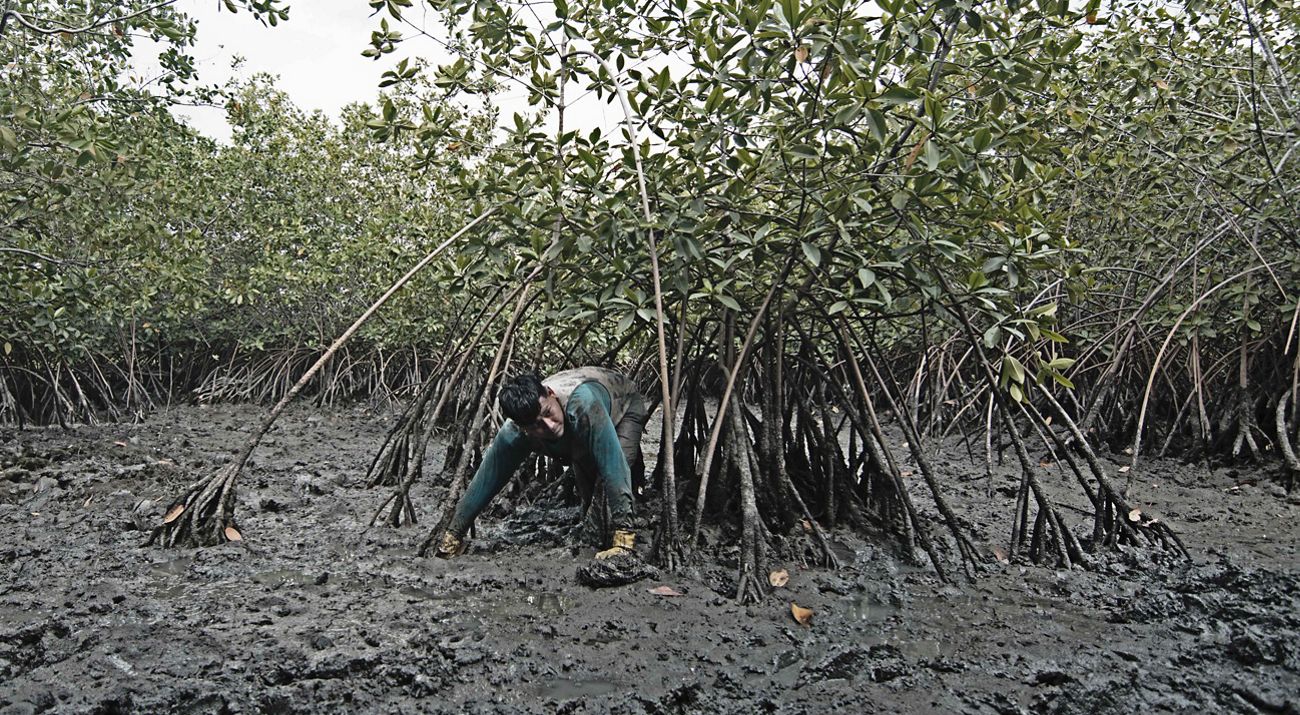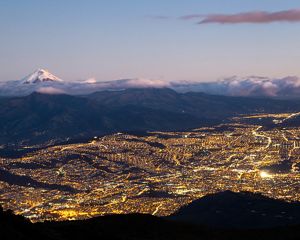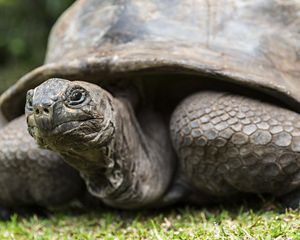Sustainable Community Development to Help Mangrove Forests Protect the Coasts of Ecuador
Protecting ecosystem services and mangroves' benefits in Ecuador's coastal biodiversity and water security hotspots
Since 2019, TNC Ecuador has been working with key local stakeholders to boost community-based conservation, watershed management, financial incentives for mangrove forest conservation in Ecuador. Our focus has set on marine and coastal ecosystems.
We also include coastal rivers, permanent and intermittent rivers, rocky and sandy coasts, and in general ecosystems within a 10 km range inland. These ecosystems require very specific frameworks. Some of these are coral formations and estuaries.
Conservation success
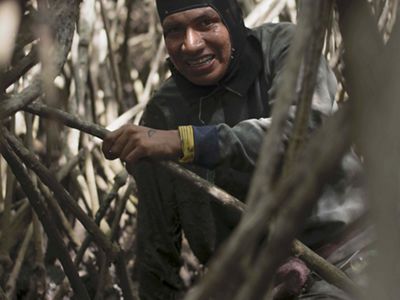
Sustainable development linked to conservation areas
TNC Ecuador aims to contribute to the conservation of 30 % of the marine area, within the national goals. For this, the work aims at setting conservation areas, conservation strategies partnered with local communities, sustainable fisheries agreements and sustainable mangrove management.
TNC firmly believes that ecosystem services protection and sustainable planning make a vital part of sustainable development and livelihoods for coastal communities. This means working towards correct conch, crab, fish and ecotourism management. This aims to positively impact communities' livelihoods and quality of life directly linked to conservation areas.
Water security on coastal ecosystems
The unique interaction between seawater and freshwater facilitates key biological processes like sediment exchanges and fish reproductive hotspots. This also means that Water Funds in this area, such as Fondagua, have very particular characteristics that set them apart from the rest of these water governance initiatives in Ecuador.
Solutions at scale
How does success look for the marine-coastal conservation program? Capacity building
This conservation program aims to protect specific areas by boosting community capacities in decision-making and ecosystem management. We aim to strengthen community management of key species for food and water security as well as maintaining healthy forest cover, mostly mangroves but also key water provision ecosystems.
The Sabana Grande community that lives and manages 3000 hectares of mangrove forests has a management plan they enforce with drones, field trips, Environment, Water and Ecological Transition Ministry support, as well as agreements and a structured management and conservation practices.
This actually means they are thriving by guaranteeing their own livelihoods, like crab, correctly processing their product and positioning its market outside their community, successfully living off of these activities.
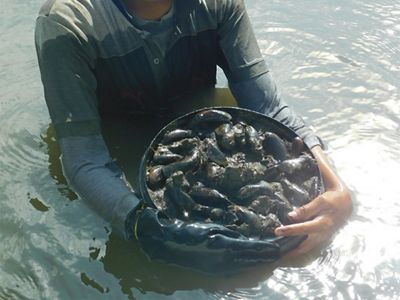
How we help solve current and future challenges
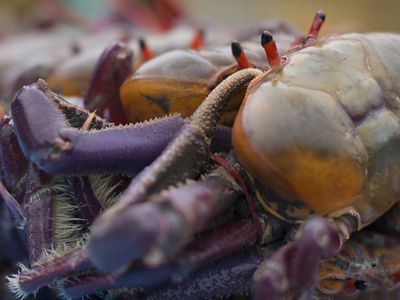
Protecting the Daule River basin and Guayaquil Gulf mangrove forests
The unique interaction between seawater and freshwater facilitates key biological processes like sediment exchanges and fish reproductive hotspots. This also means that Water Funds in this area, such as Fondagua, have very particular characteristics that set them apart from the rest of these water governance initiatives in Ecuador.
This program works with areas within the Daule River basin, such as certain parts of Guayaquil, some intermediate cities and a lot of rural and native communities. The aim is to curb and improve the management of rice, plantains and other crops that must be correctly managed to avoid forest cover loss.
These people have managed to create a sustainable business, boost capacity building, as well as getting social recognition for their conservation work. Economic drivers have been a vital element, but their social incentives have been very effective and successful too. For these communities, conserving is a pride factor among their friends and communities. Receiving guests and showing them their conservation work is a highly prestigious activity for these communities.
Quote
The unique interaction between seawater and freshwater facilitates key biological processes like sediment exchanges and fish reproductive hotspots.
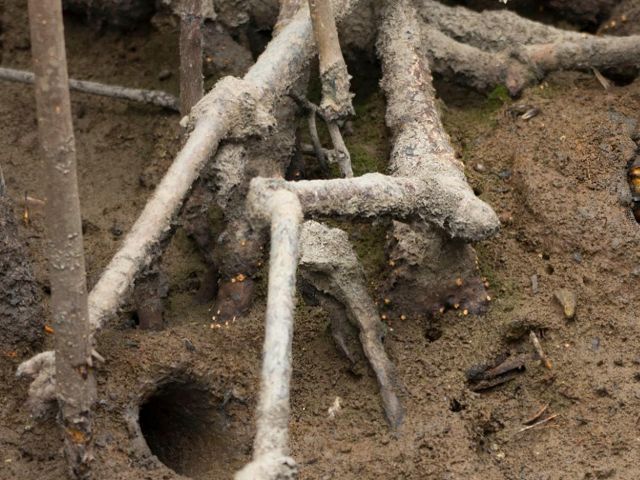
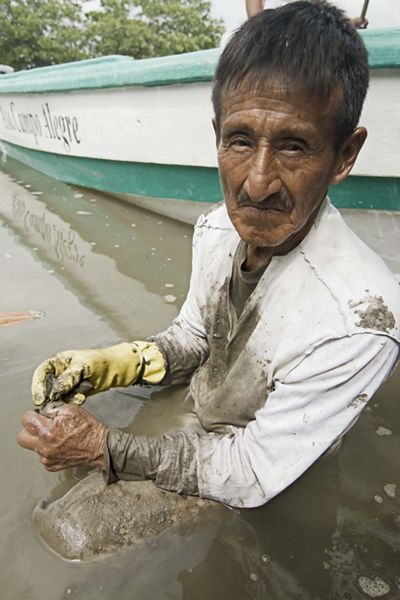
The starting point to restore the planet’s health
From the top of the Andes, to the depths of the Pacific, from Galapagos Islands to the Amazon, we aim to turn Ecuador into an incubator for global solutions that enable nature and people to thrive together.
